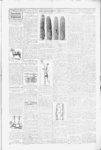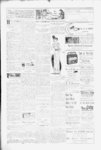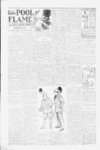Southern Salt Lake County Enterprise | 1912-10-02 | Page 3
| Type | issue |
| Date | 1912-10-02 |
| Paper | Southern Salt Lake County Enterprise |
| Language | eng |
| City | Sandy |
| County | Salt Lake |
| Rights | No Copyright - United States (NoC-US) |
| Publisher | Digitized by J. Willard Marriott Library, University of Utah |
| ARK | ark:/87278/s6xx0bc8 |
| Reference URL | https://newspapers.lib.utah.edu/ark:/87278/s6xx0bc8 |
Page Metadata
| Type | page |
| Date | 1912-10-02 |
| Paper | Southern Salt Lake County Enterprise |
| Language | eng |
| City | Sandy |
| County | Salt Lake |
| Page | 3 |
| Reference URL | https://newspapers.lib.utah.edu/ark:/87278/s6xx0bc8/29694491 |










